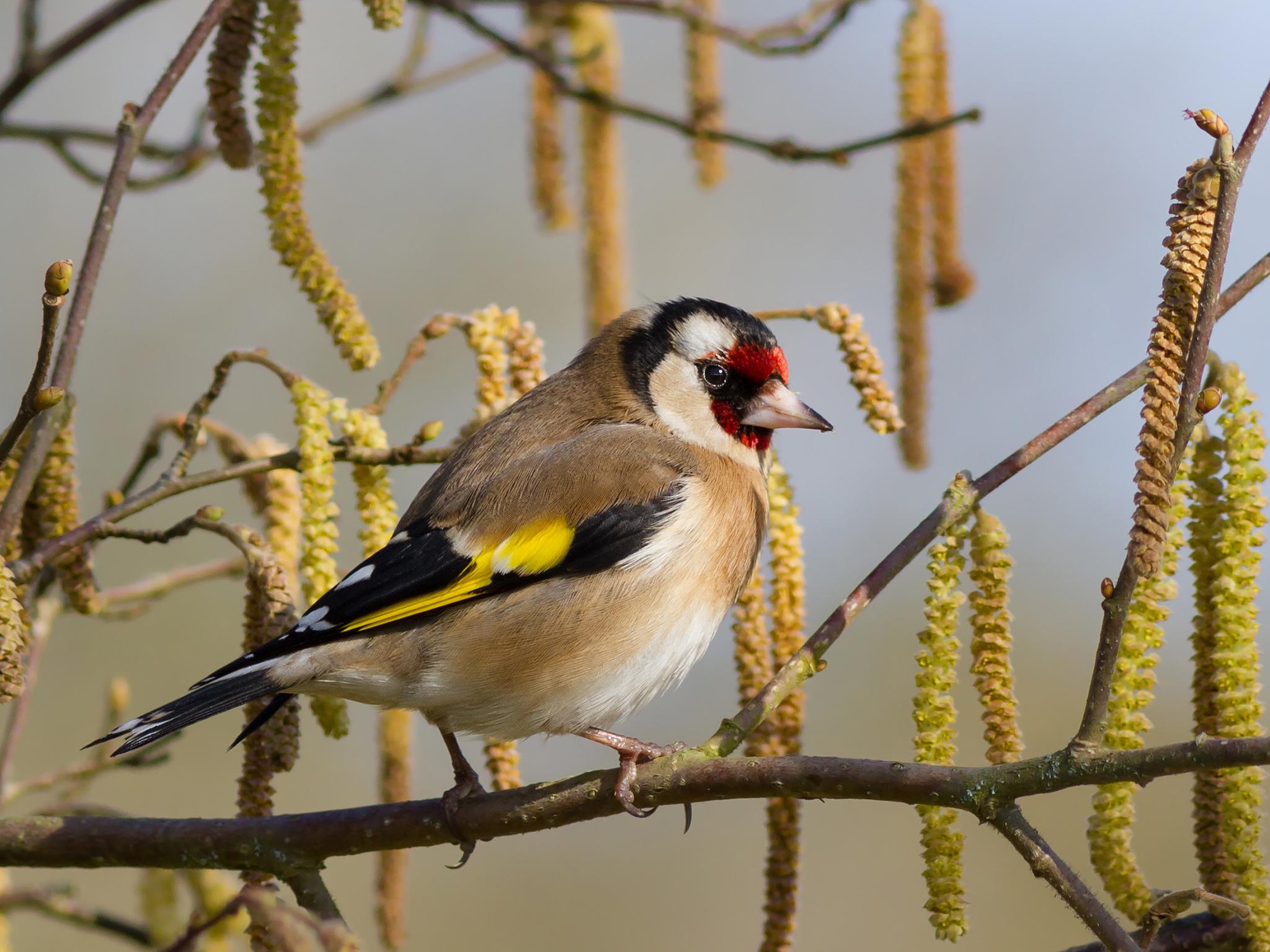Red birds are more attractive because they’re better at getting rid of toxins, scientists find
The enzymes that appear to be signalled by the red colouring influence the way that humans respond to drugs

Your support helps us to tell the story
From reproductive rights to climate change to Big Tech, The Independent is on the ground when the story is developing. Whether it's investigating the financials of Elon Musk's pro-Trump PAC or producing our latest documentary, 'The A Word', which shines a light on the American women fighting for reproductive rights, we know how important it is to parse out the facts from the messaging.
At such a critical moment in US history, we need reporters on the ground. Your donation allows us to keep sending journalists to speak to both sides of the story.
The Independent is trusted by Americans across the entire political spectrum. And unlike many other quality news outlets, we choose not to lock Americans out of our reporting and analysis with paywalls. We believe quality journalism should be available to everyone, paid for by those who can afford it.
Your support makes all the difference.The colour red on birds might be a signal that they’re fit, according to a new study.
The same genes that lead to red feathers, beaks and feet also seem to indicate how good they are at detoxifying, according to new research.
That means that the more red a bird is, the better a mate it will be, since it is better at getting rid of poisons from its body.
The researchers studied zebra finches, whose males have a distinctive red beak. Female zebra finches are known to prefer those males with the reddest beaks.
Birds such as the zebra finch obtain yellow pigments called carotenoids from their diet of seeds or insects. Their bodies convert these pigments into the red ketocarotenoids that colour their beaks or plumage.
Dr Nick Mundy, from the Department of Zoology at Cambridge University, said: "It was known that birds have an unusual ability to synthesise red ketocarotenoids from the yellow carotenoids that they obtain in their diet, but the enzyme, gene or genes, and anatomical location, have been obscure.
"Our findings fill this gap and open up many future avenues for research on the evolution and ecology of red colouration in birds."
The scientists, whose research appears in the journal Current Biology, compared the genes of standard zebra finches with red beaks and a variety bred to have yellow beaks.
They found that yellow-beaked birds had multiple mutations in a cluster of three genes strongly linked to red colouration.
The same genes' code for enzymes, called cytochrome P450s, plays an important role in breaking down and metabolising toxic compounds, primarily in the liver.
In humans, they influence the way people respond to taking drugs.
Co-author Professor Staffan Andersson, from the University of Gothenburg in Sweden, said: "In sexual selection, red colour is thought to signal individual quality and one way it can do this is if the type or amount of pigmentation is related to other physiological processes, like detoxification.
"Our results, which link a detoxification gene to carotenoid metabolism, may shed new light on the debated honesty of carotenoid-based signals."
One or more of the "red" genes was also found to be active in the retina of the eye.
Birds have a range of pigments in the light-sensitive photoreceptor cells of their retinas that allow them to see many more colours than mammals.
The ability to manufacture red pigment may have evolved for colour vision in birds before it became an external display tool, said Dr Mundy.
Red eye pigments were found across all bird species, including those with no reddish hue to their bodies.
Join our commenting forum
Join thought-provoking conversations, follow other Independent readers and see their replies
Comments